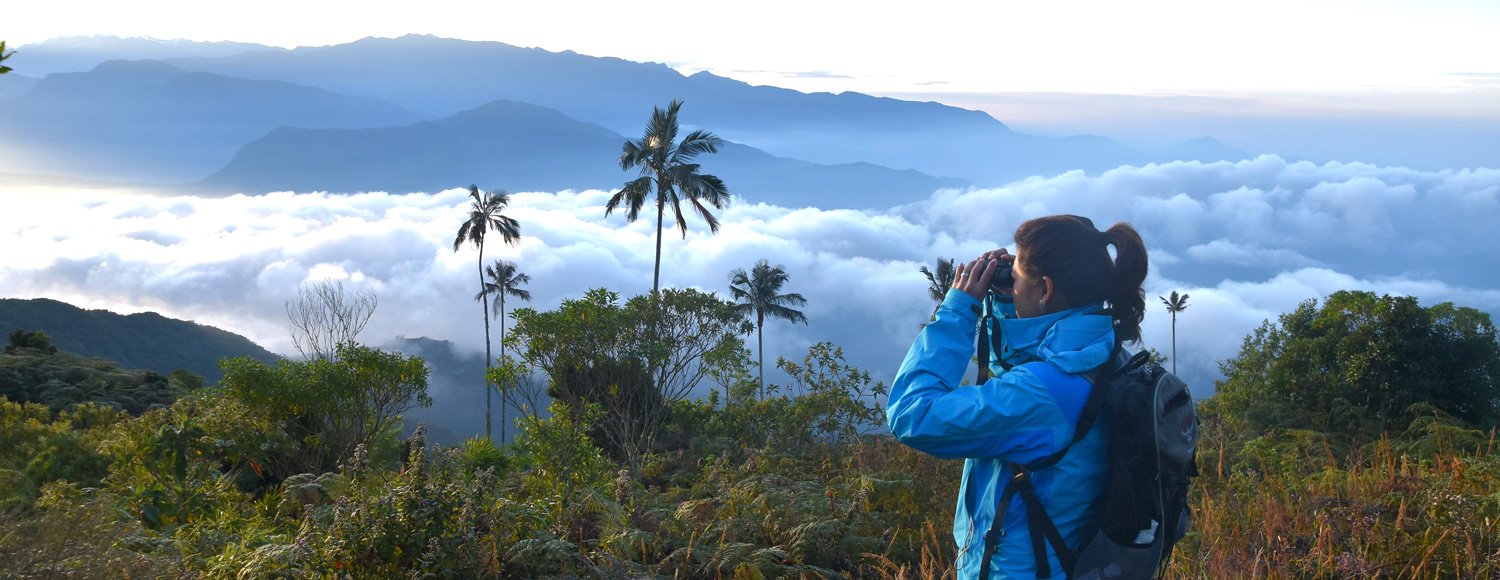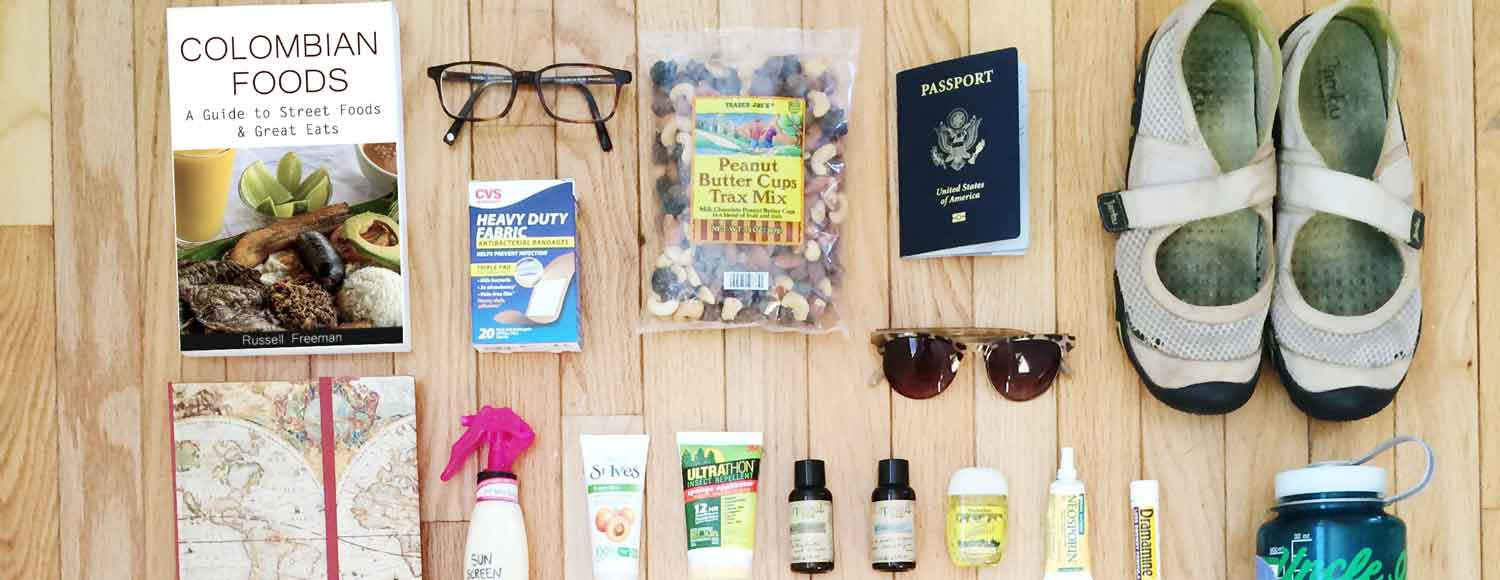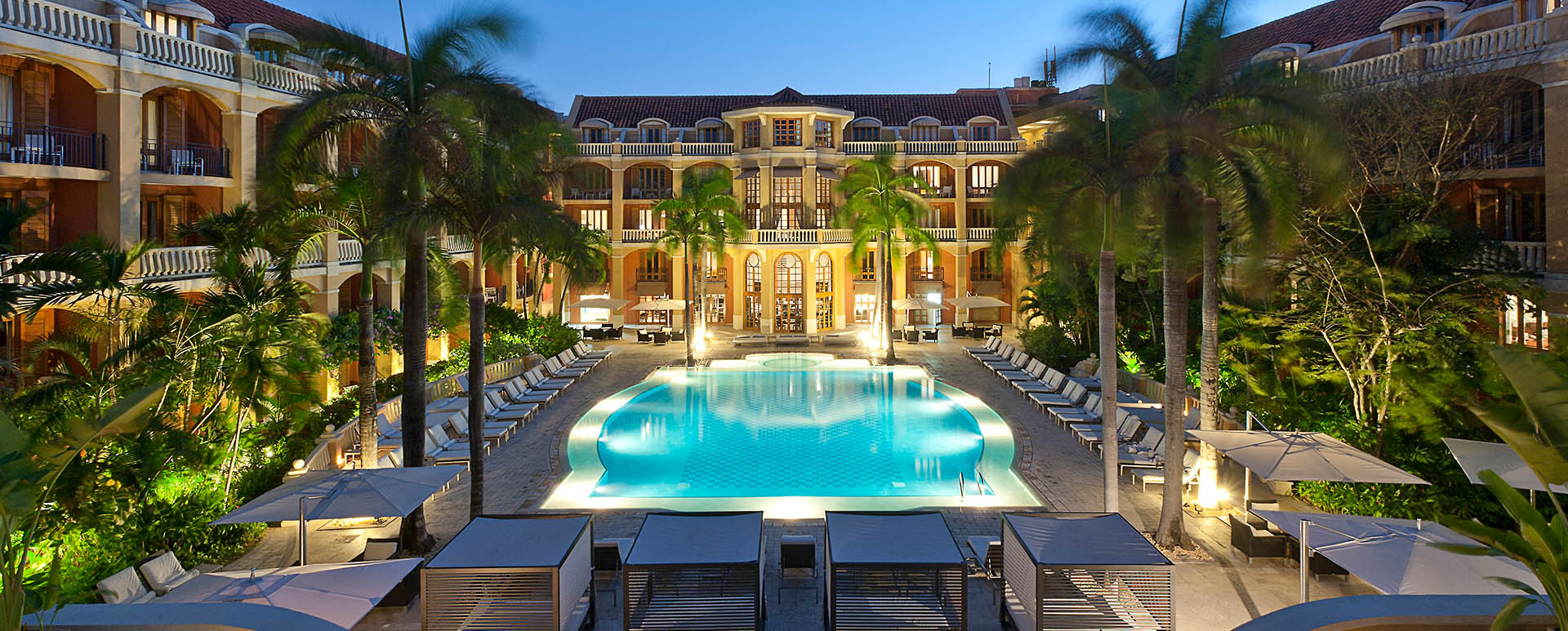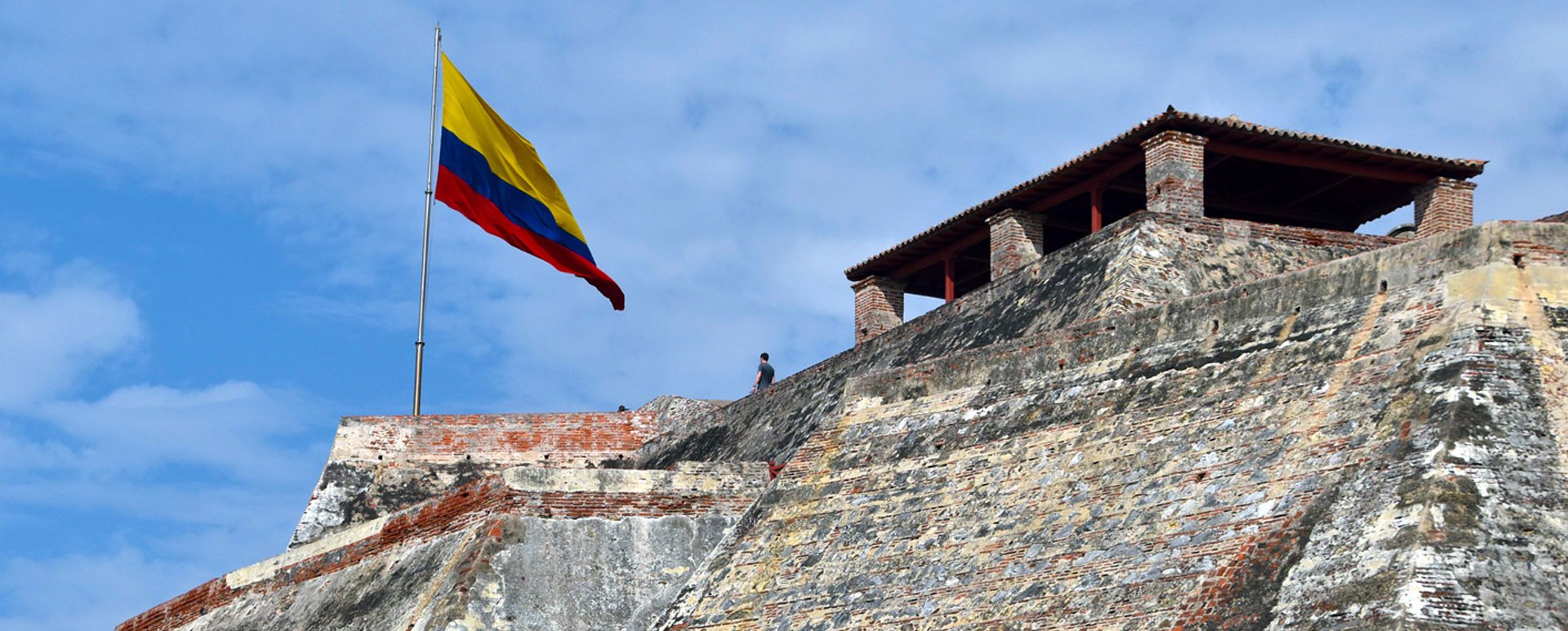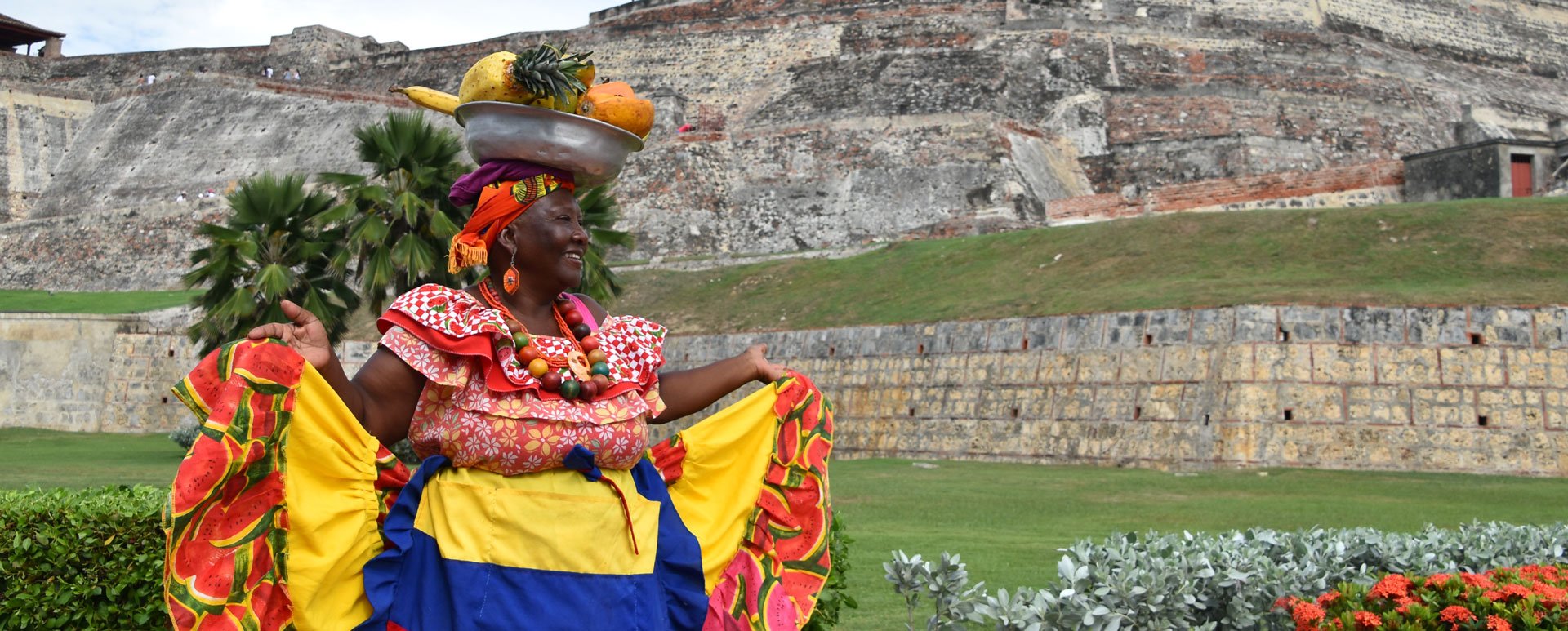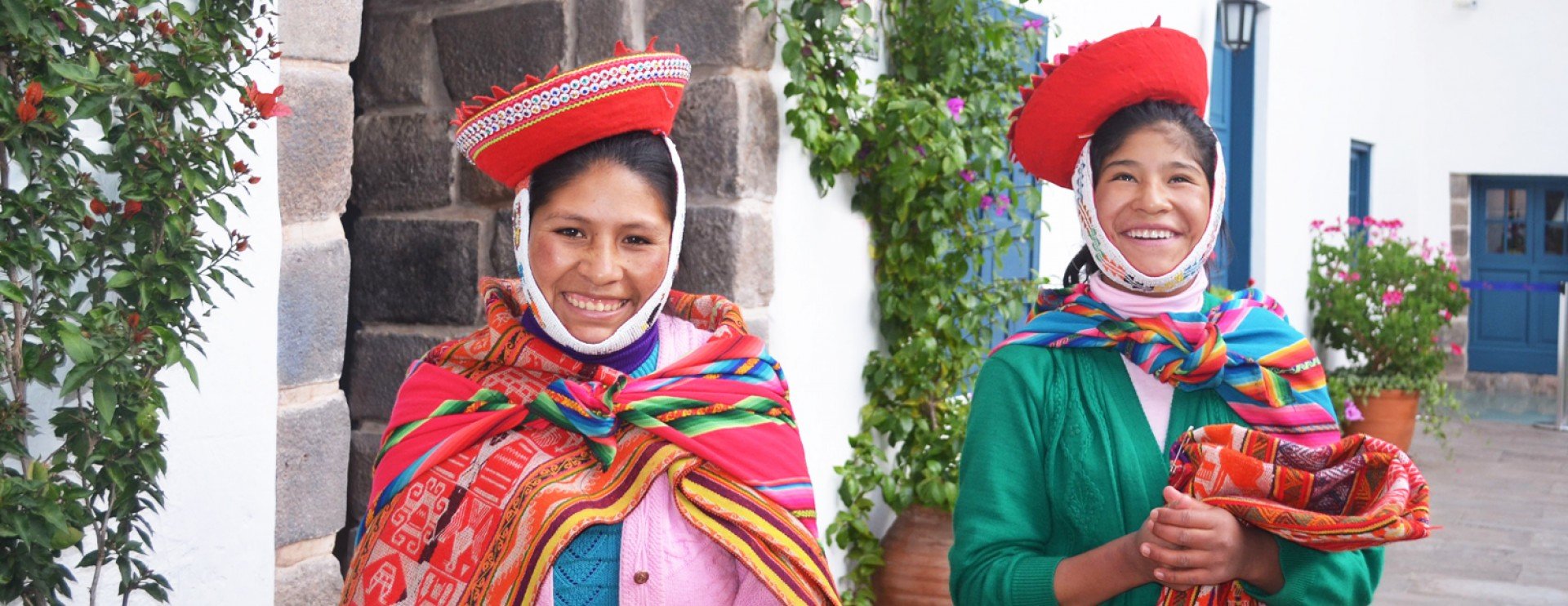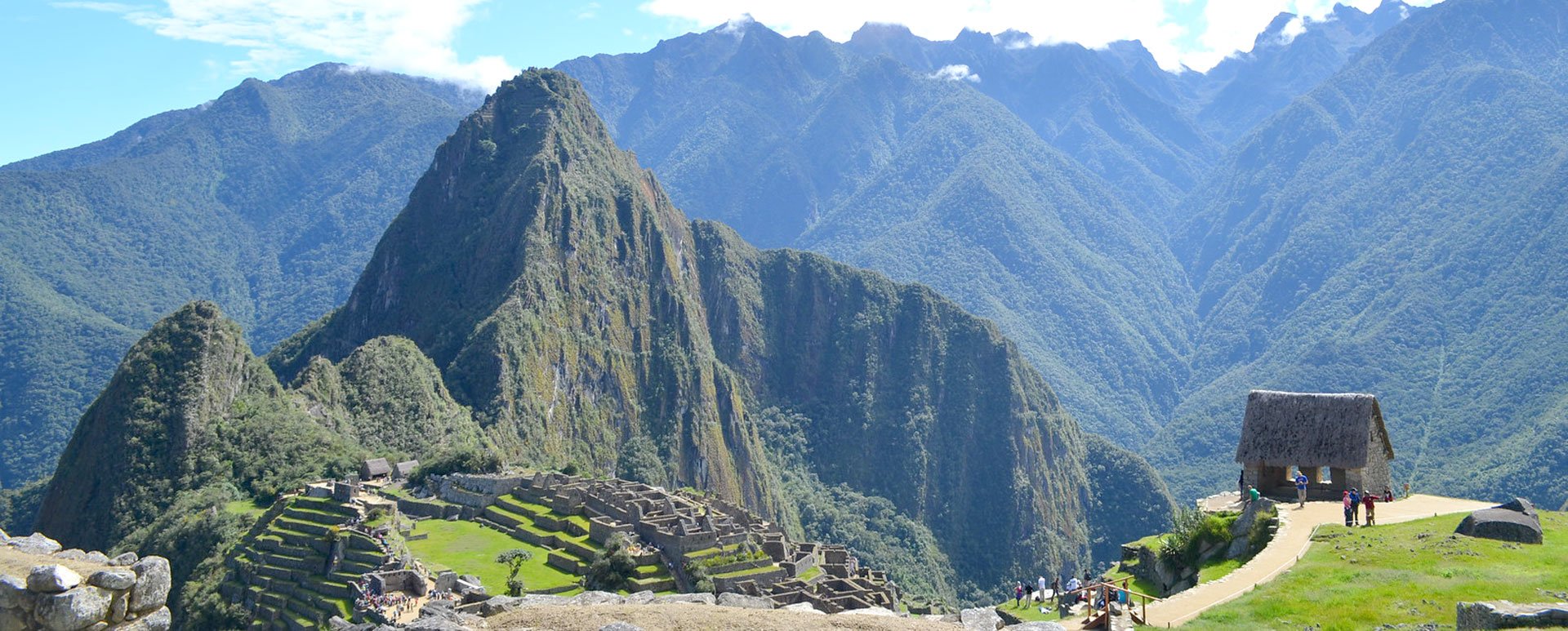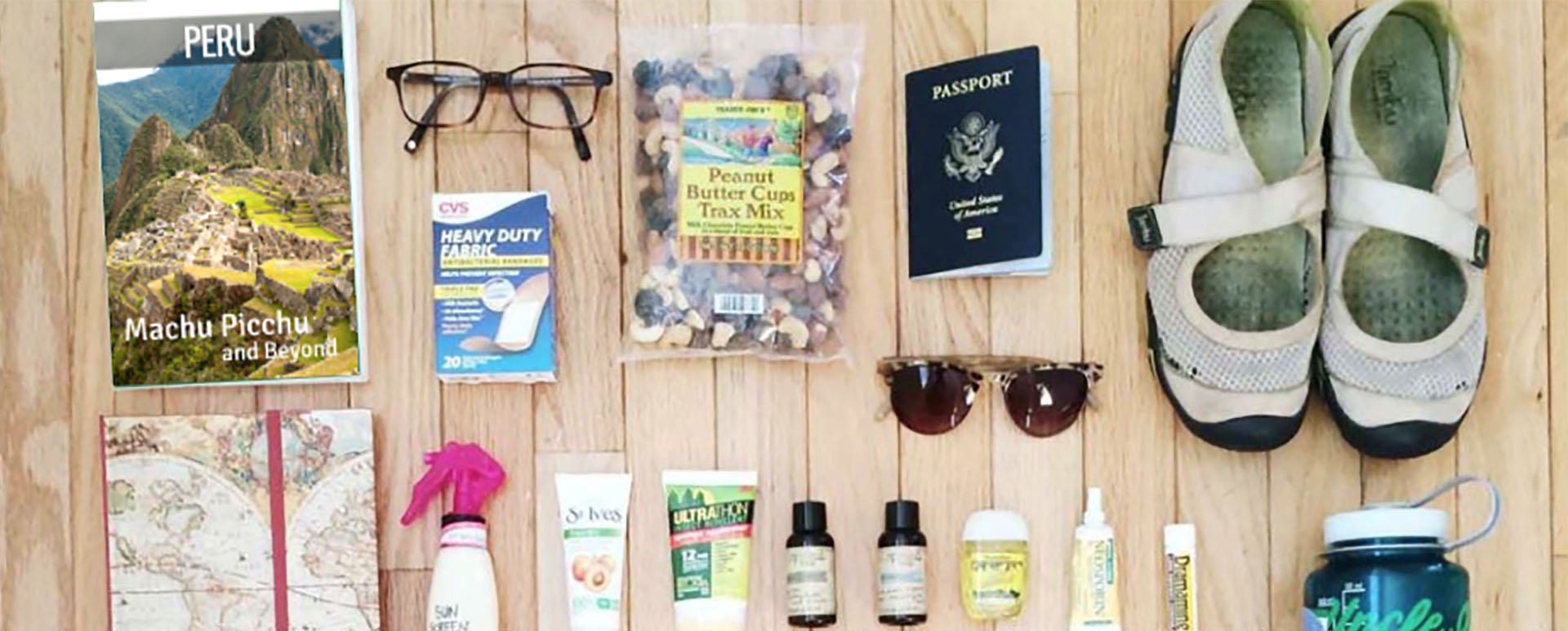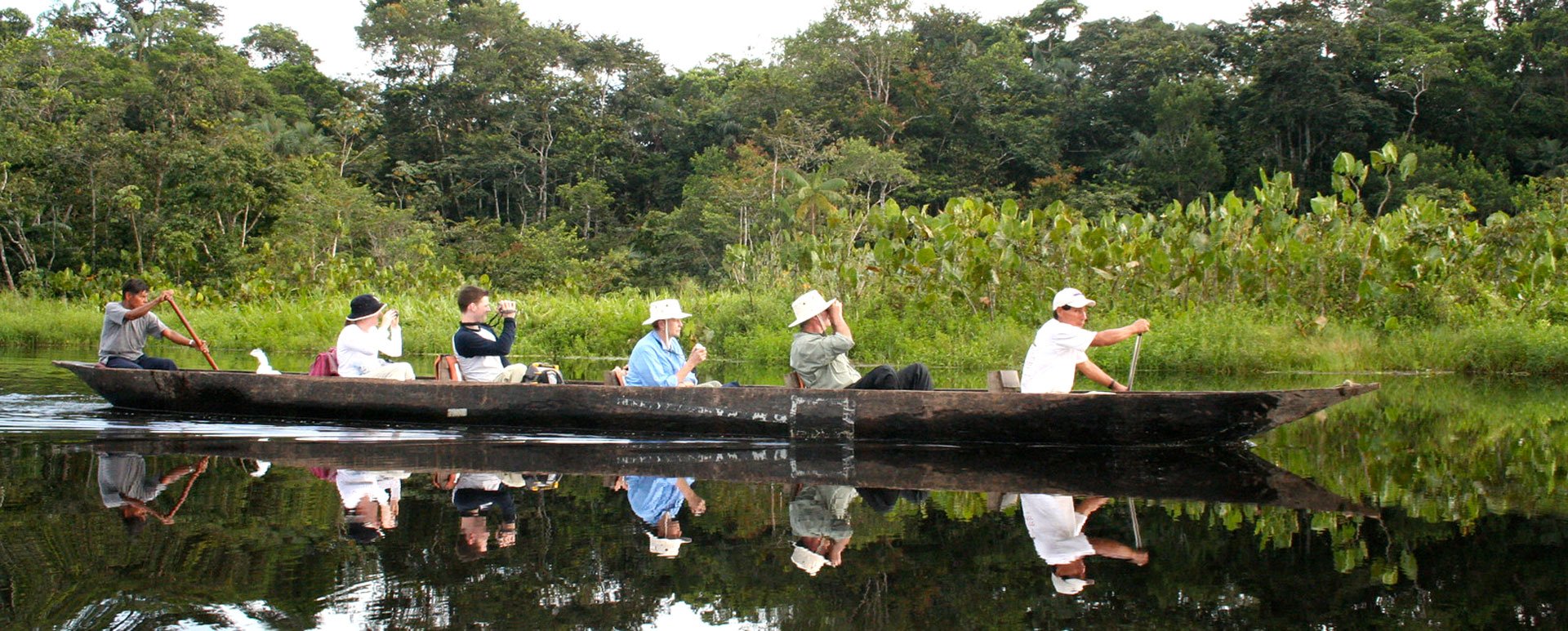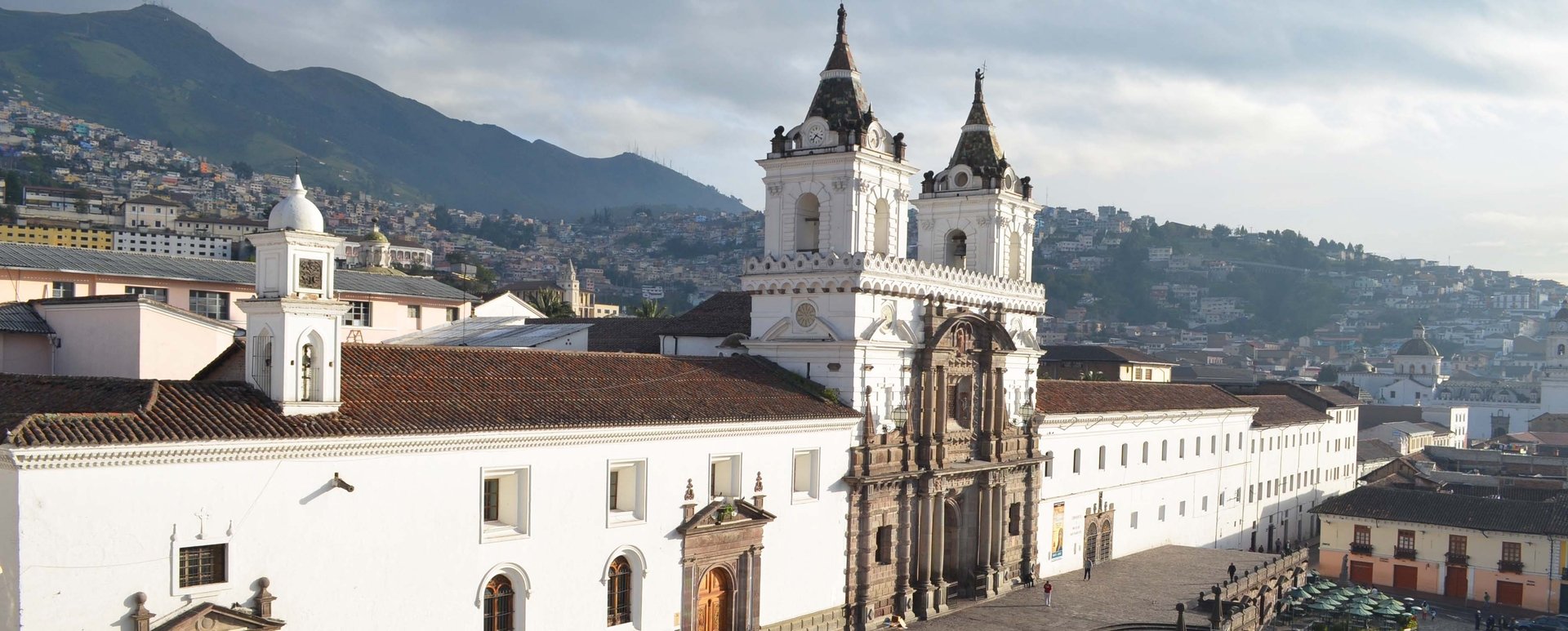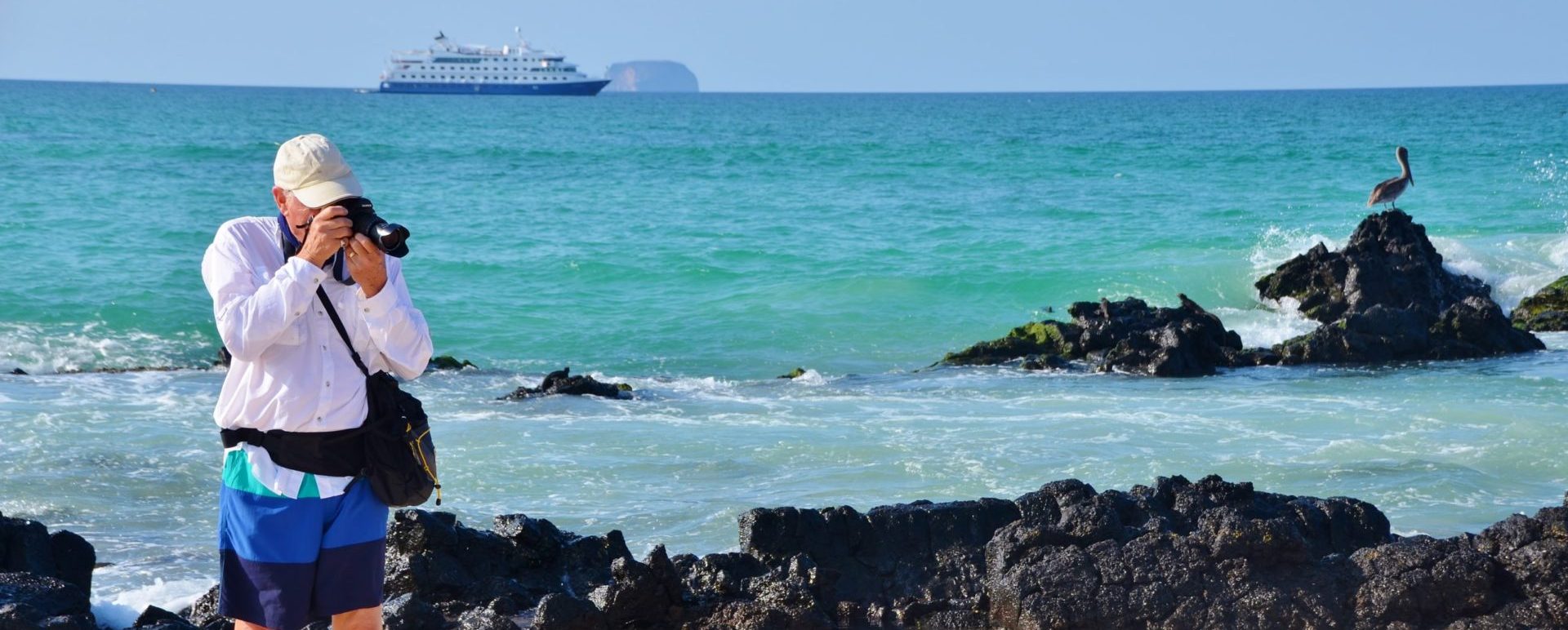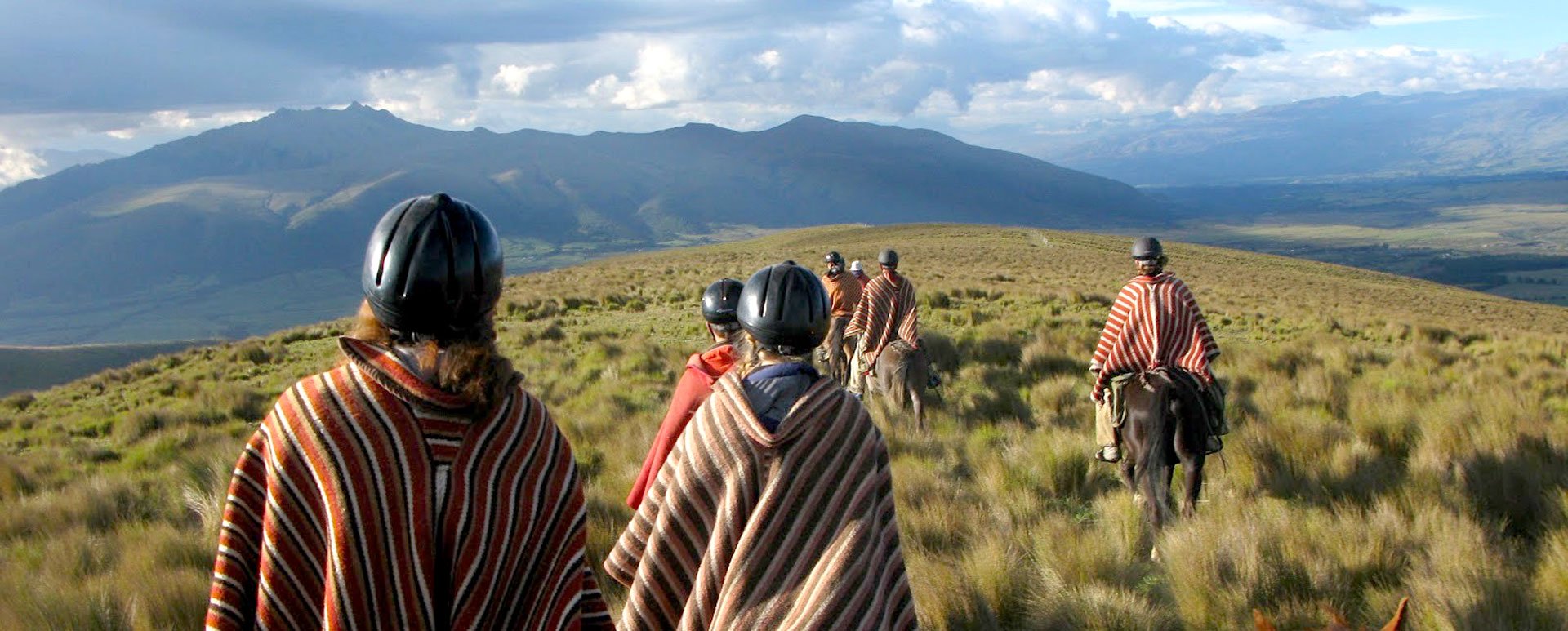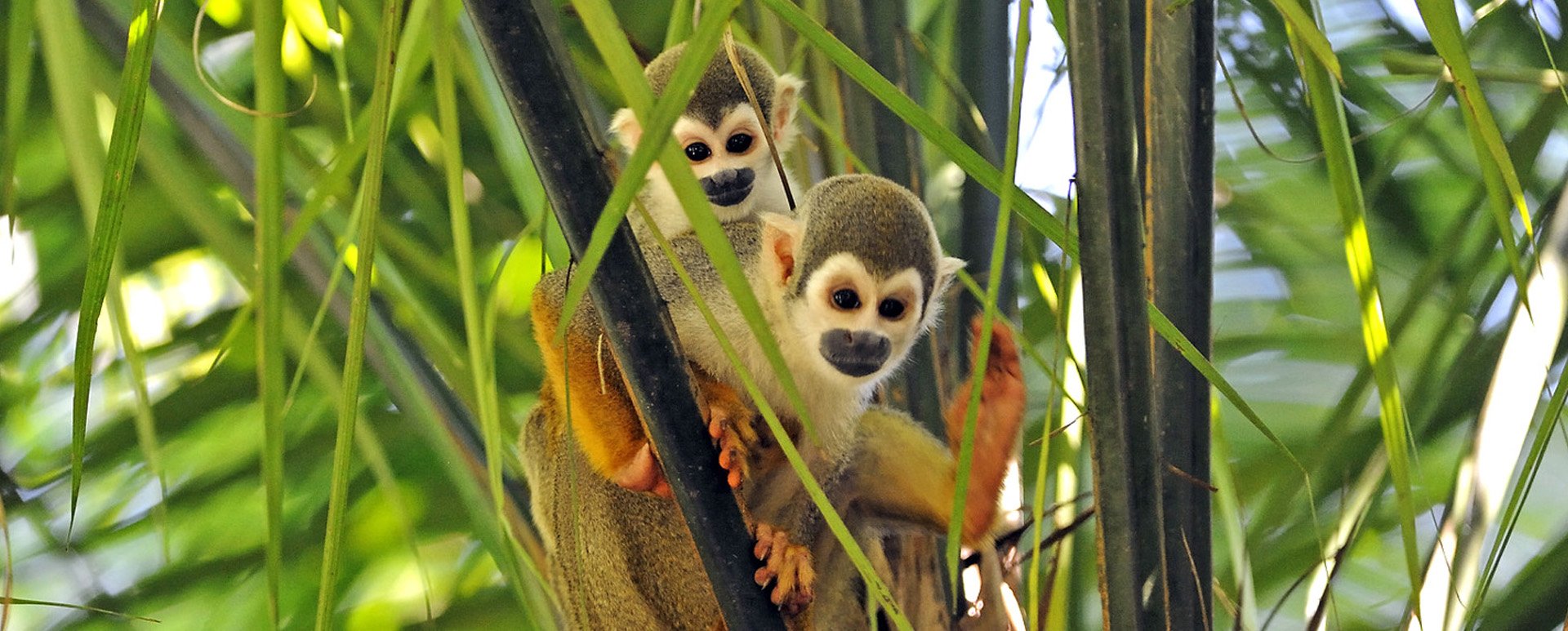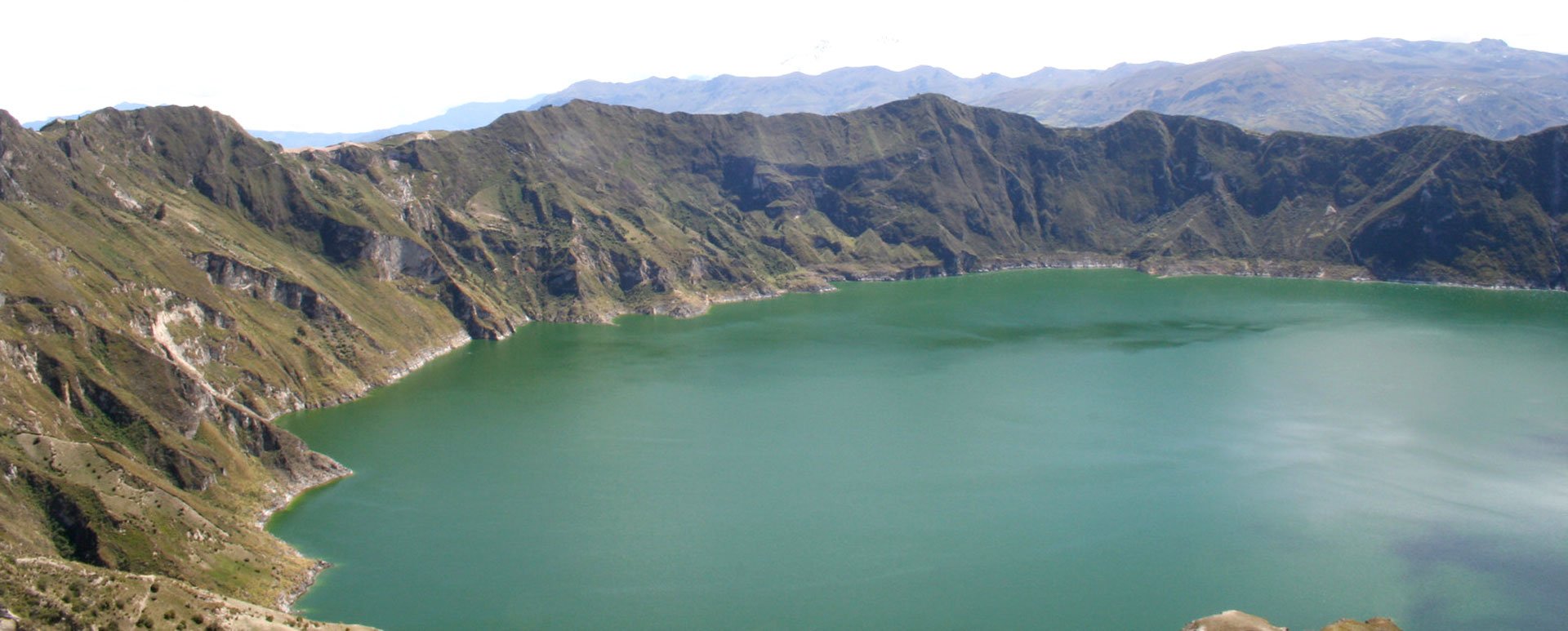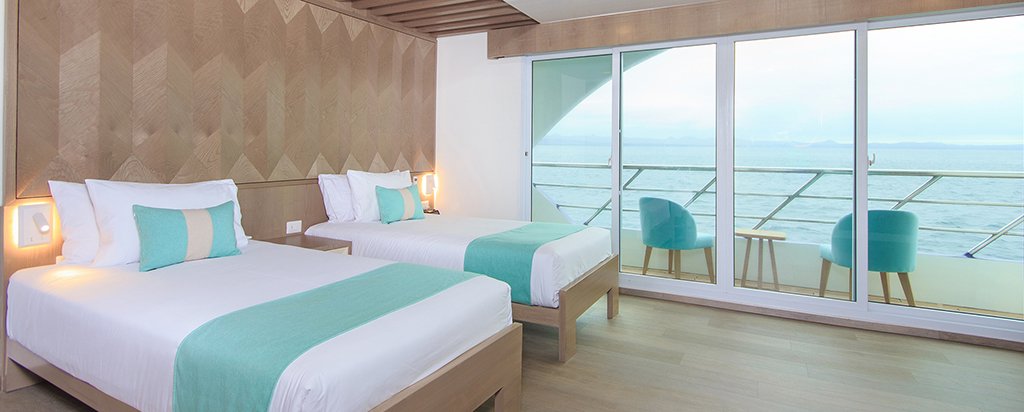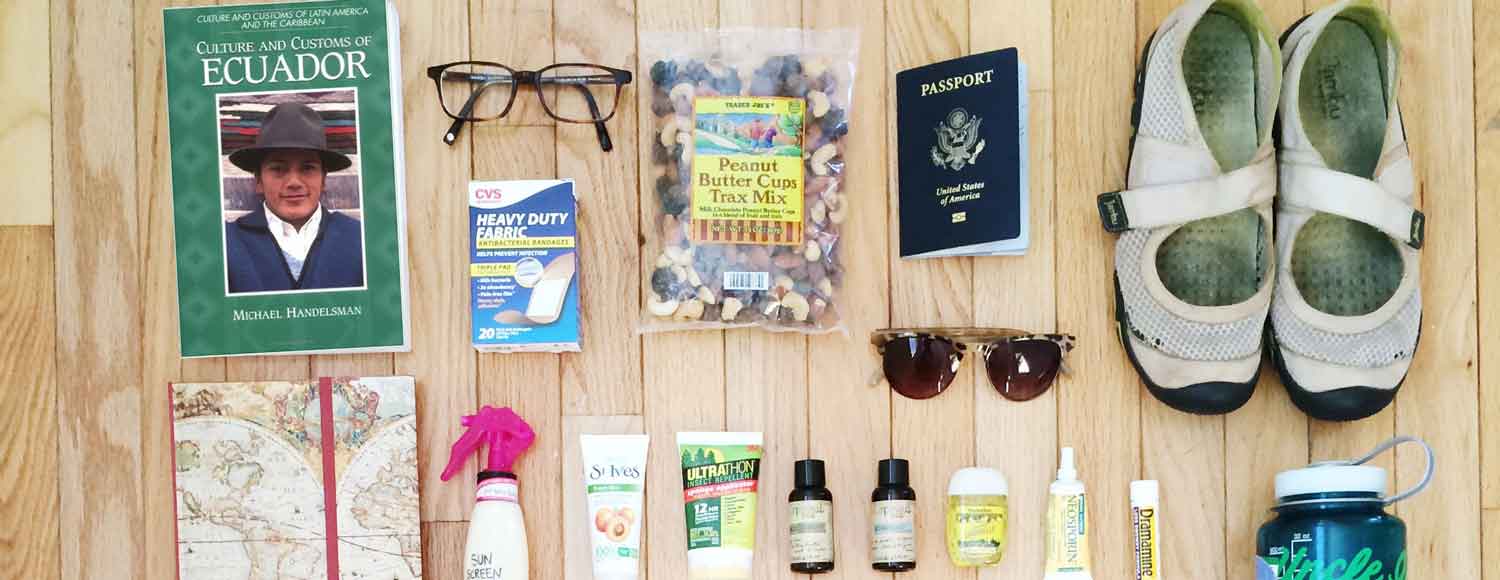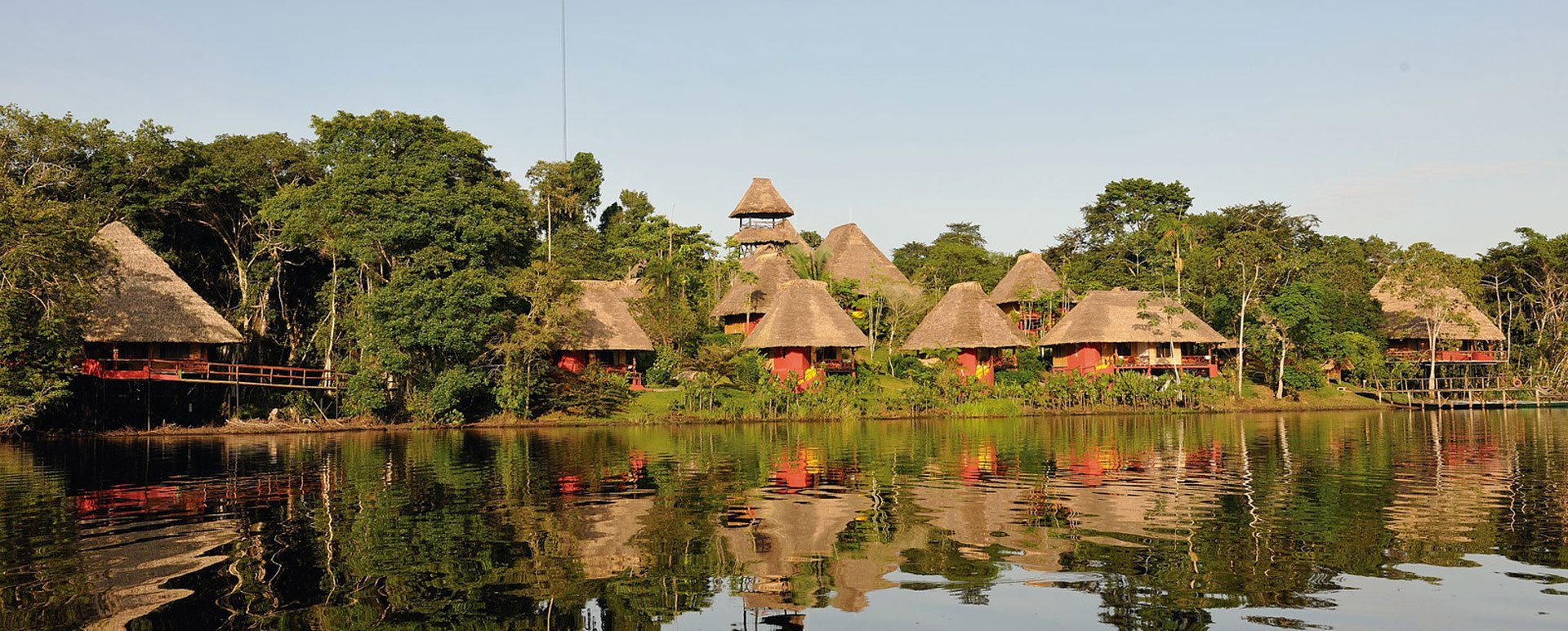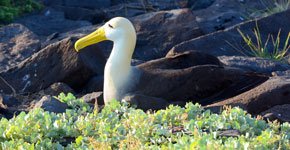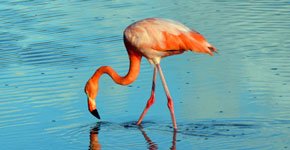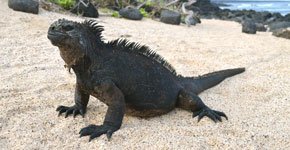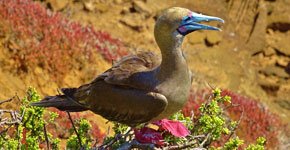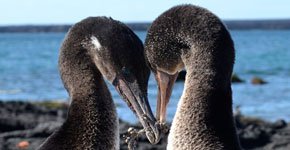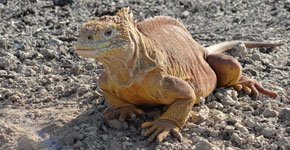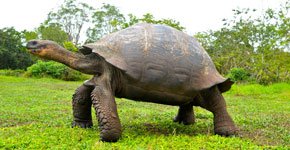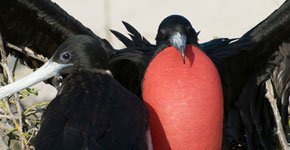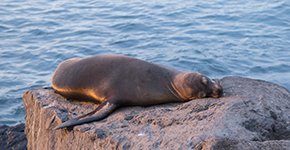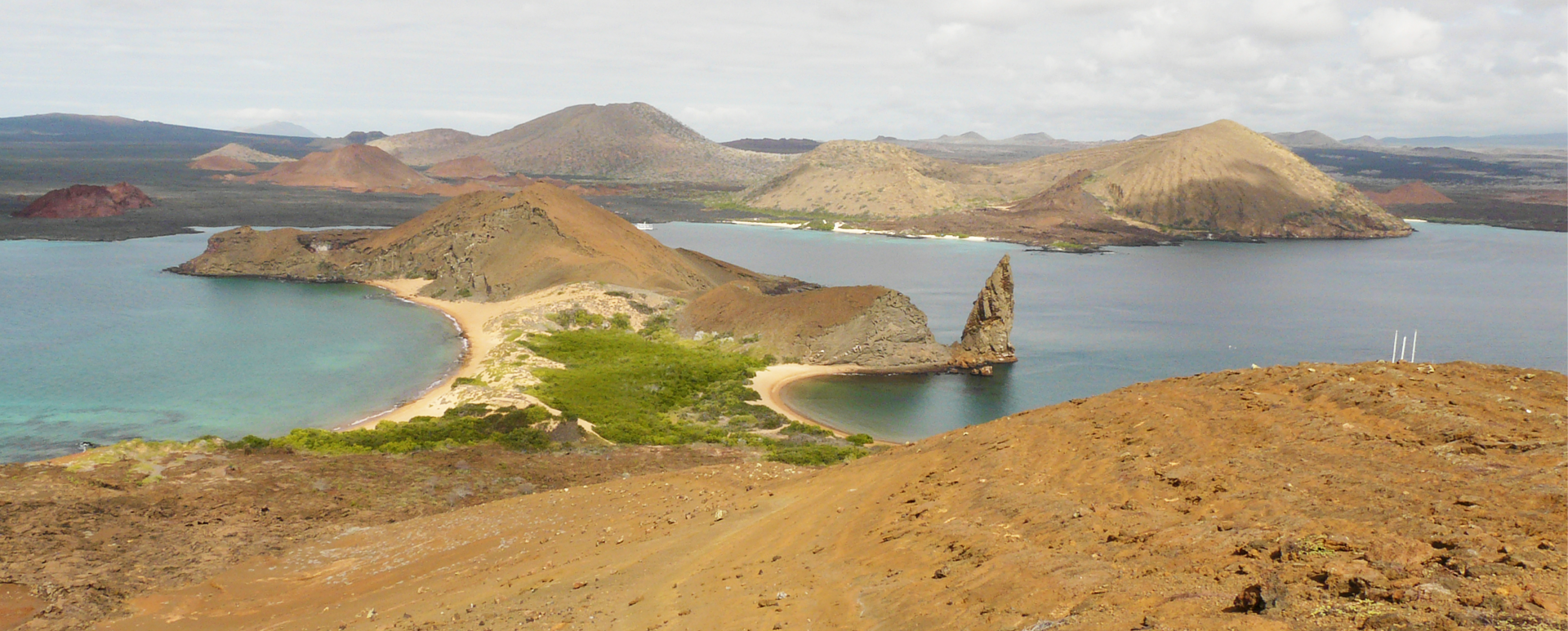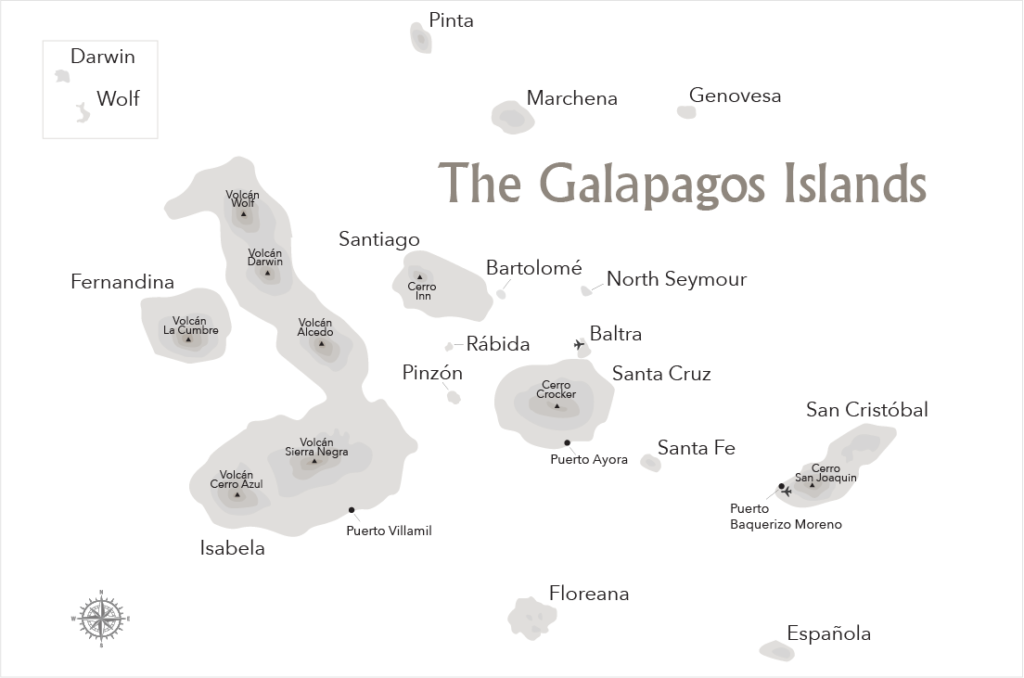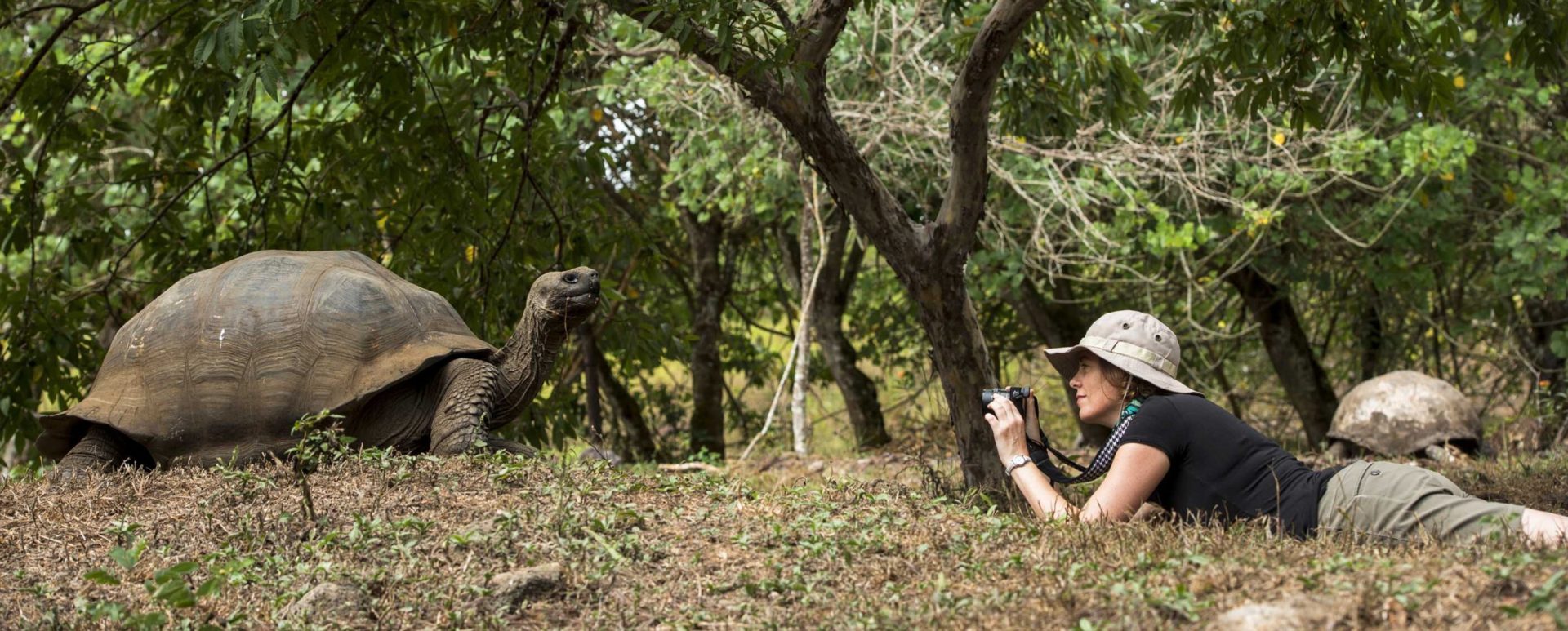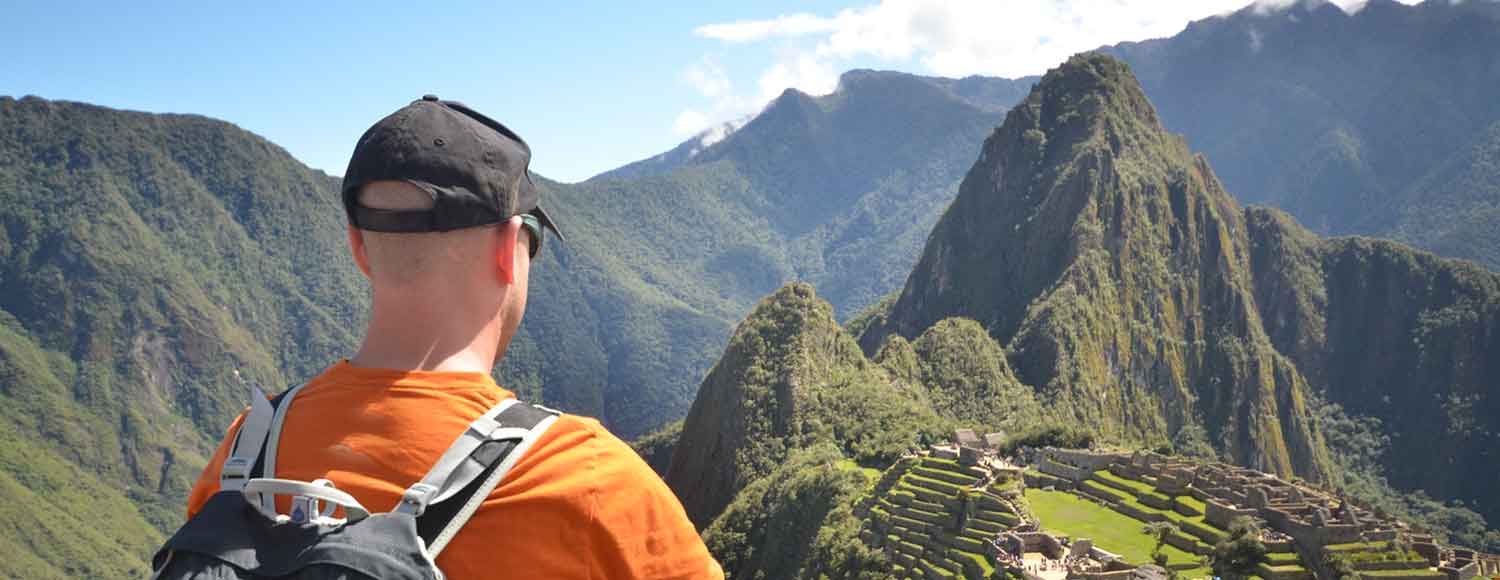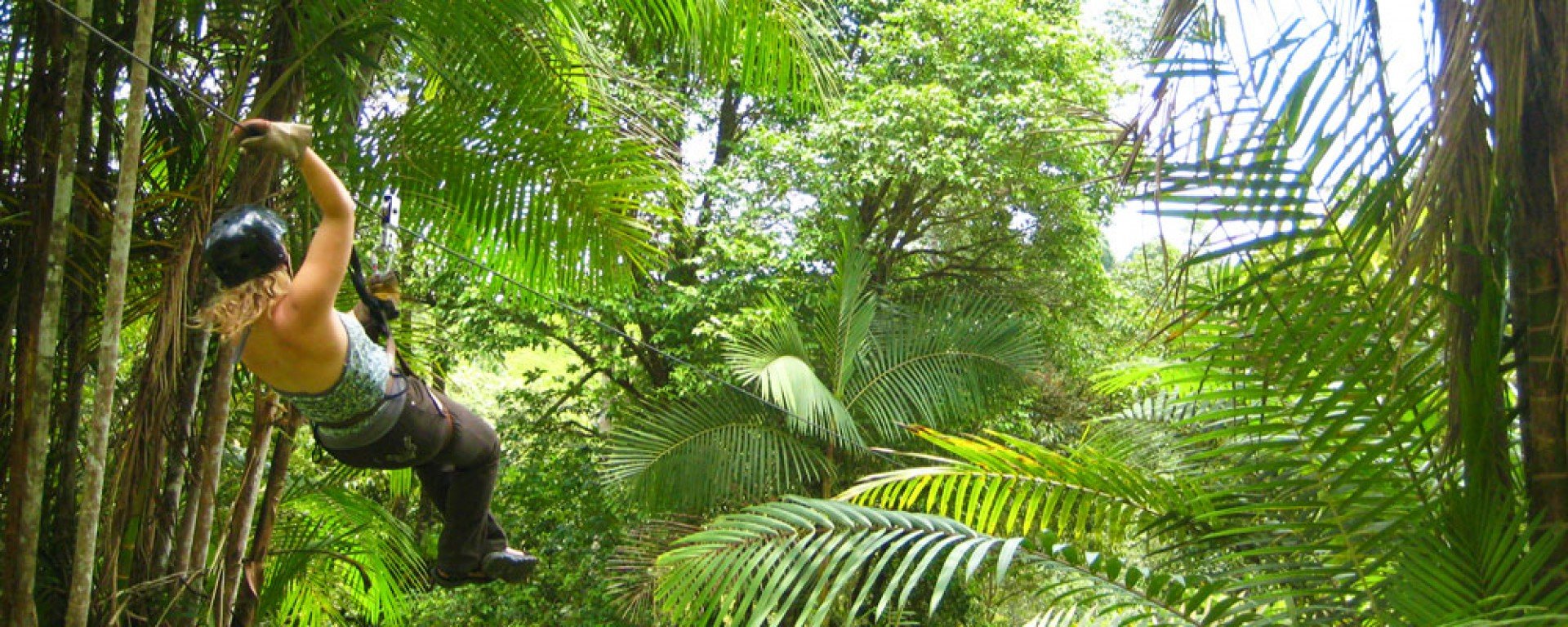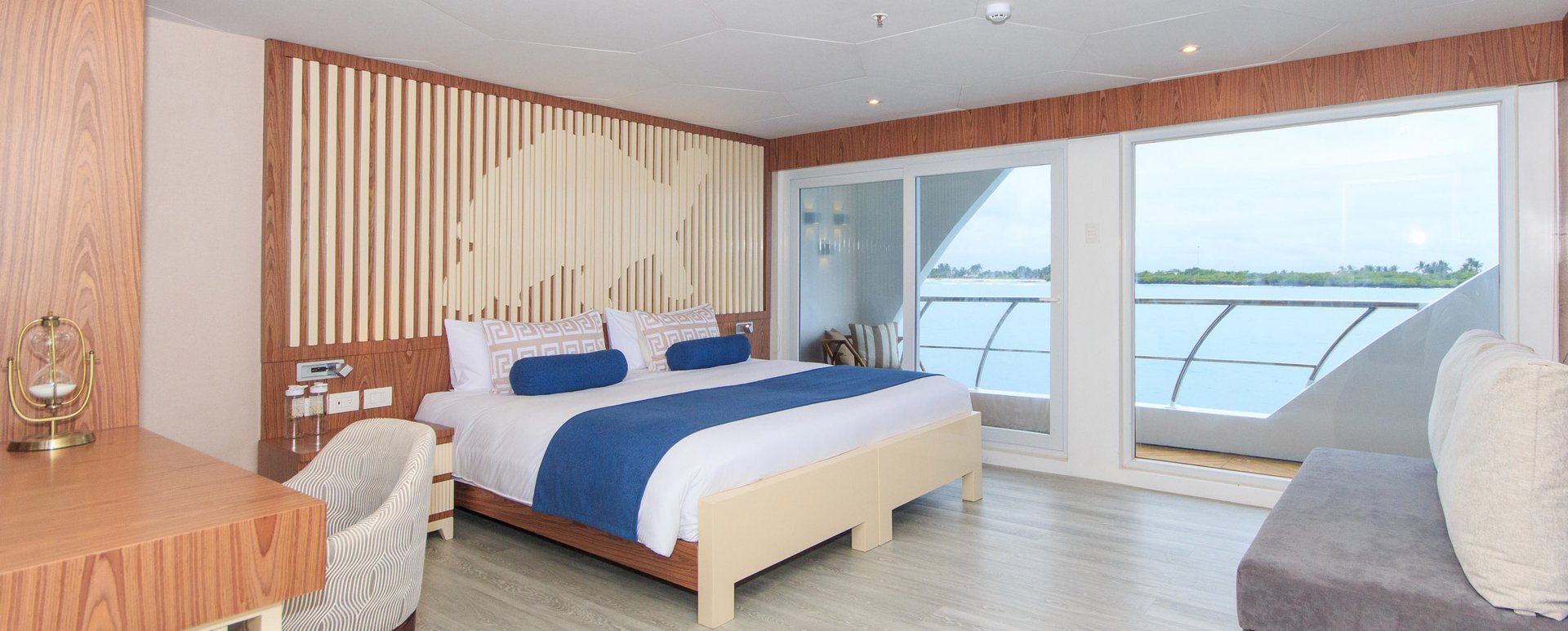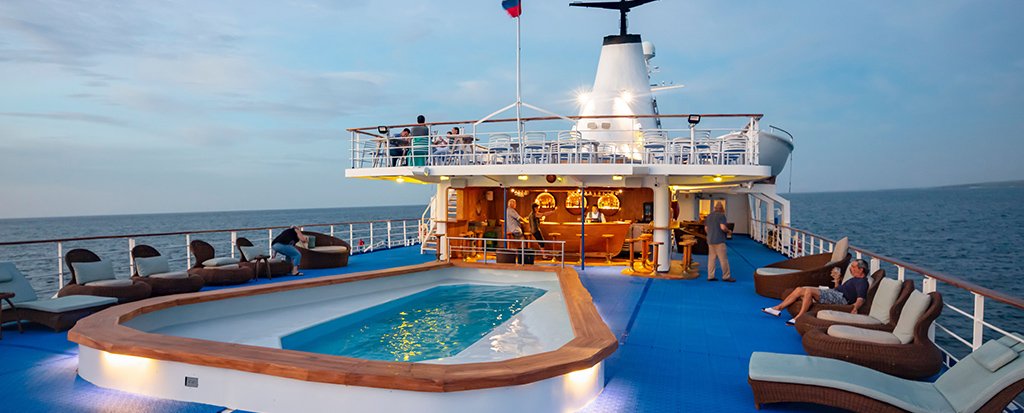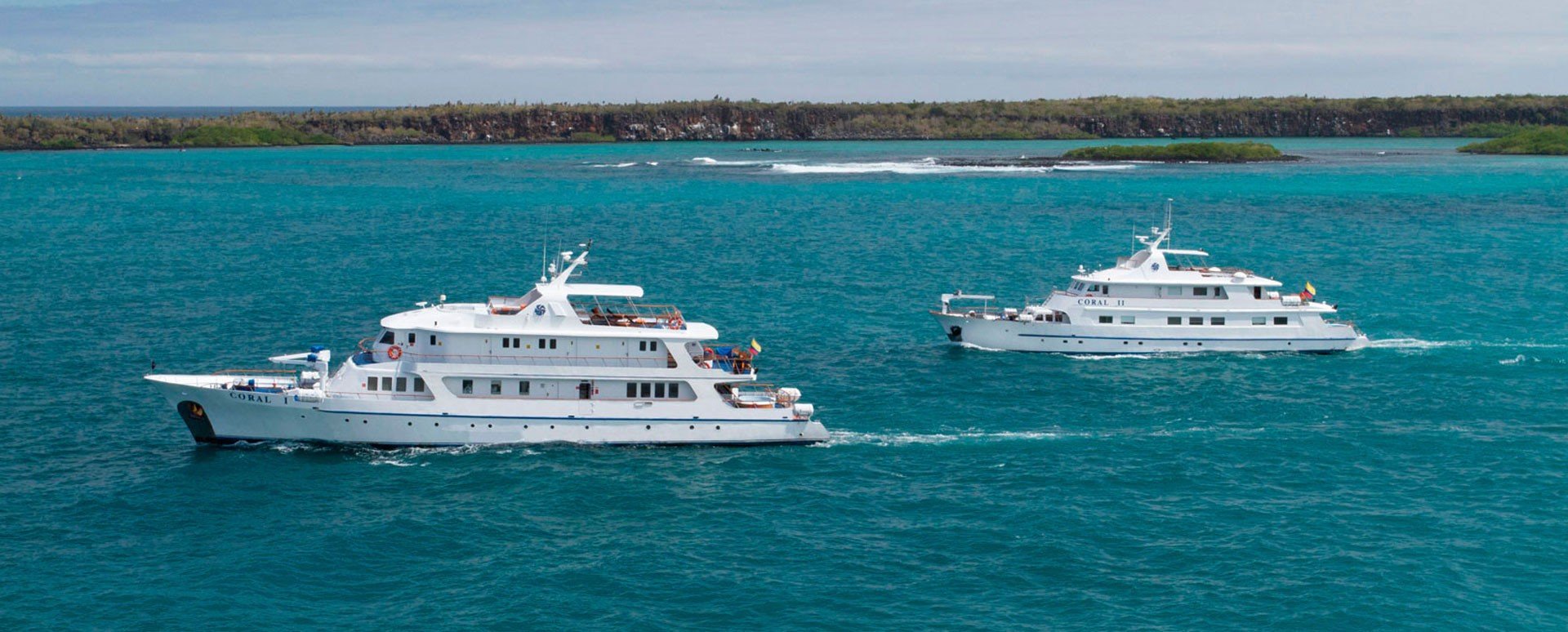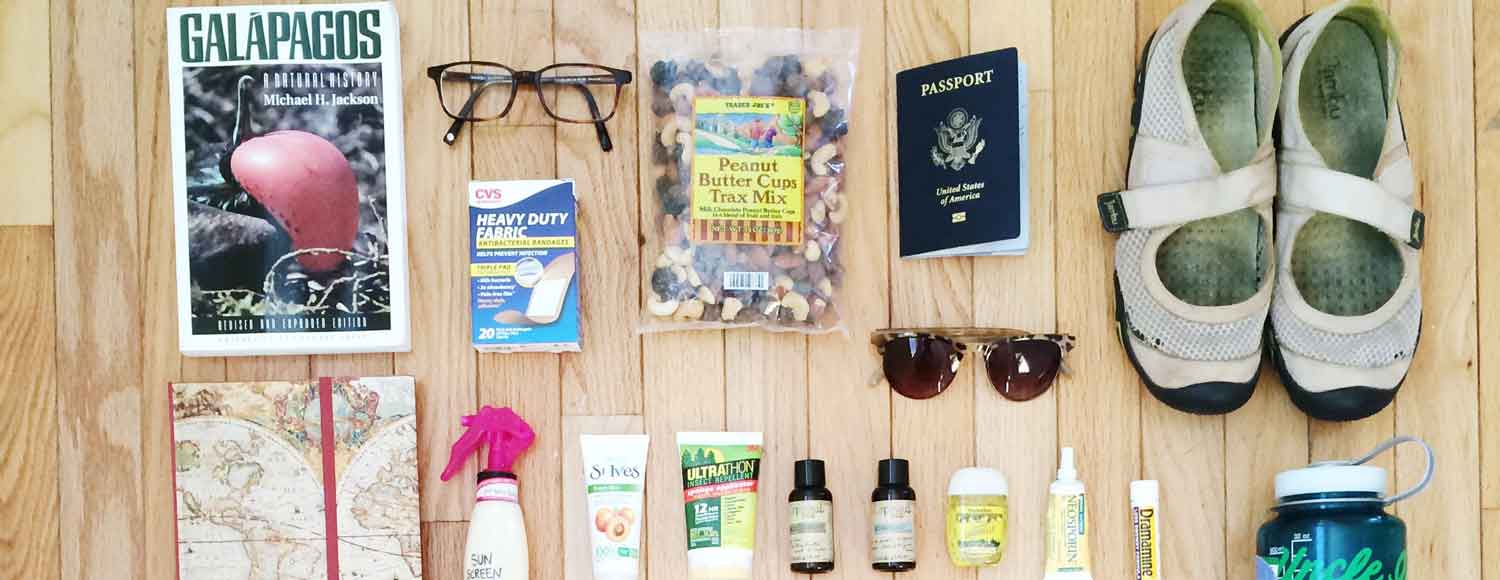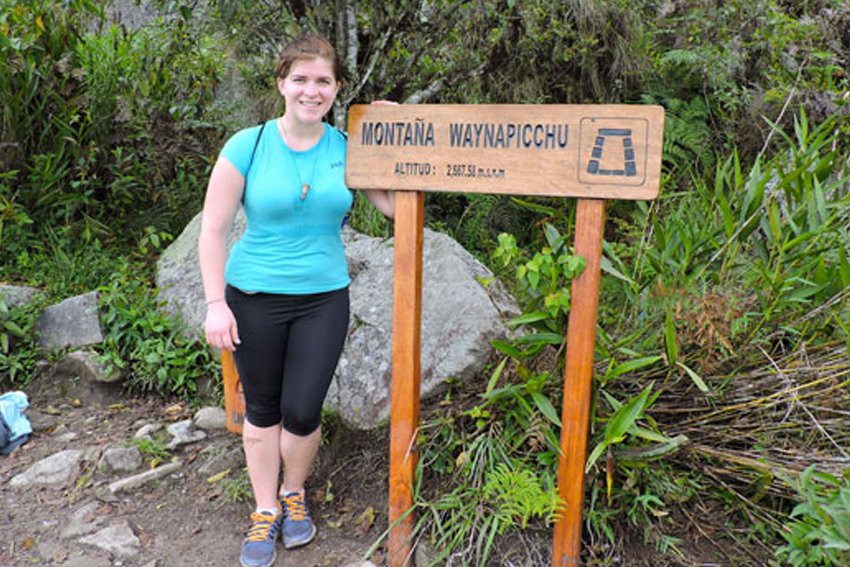
Maria’s Andean Adventure-Day 5: Quito and Final Reflections on Peru
Quito and Final Reflections on Peru
I woke up early this morning in my hotel, Palacio del Inka, to catch my flight to Quito. I was only in Cusco for a number of hours, but wish I could have stayed longer. The hotel itself was beautiful, and the city looked very intriguing. It was a much more traditional style, with cobblestone paving, beautiful churches, and narrow streets. The traffic definitely seemed to be a challenge when we arrived the previous night, but the Plaza de Armas looked beautiful all lit up, and was it filled with people.

I was feeling very sore today after the Wayna Picchu hike. A rigorous hike, followed by lots of inactivity (taking a bus, then a train, then driving for several hours) did not add up to the most refreshing morning. Fortunately, today was primarily a travel day. I boarded a flight from Cusco to Lima, then transferred to another one from Lima to Quito.
Upon leaving Peru, here are some of my final thoughts:
I was surprised at how easy it was to use US currency in Peru. Restaurants and hotels accepted credit cards, so that was easy to arrange, but even when dealing with cash, either currency was usually acceptable. Celinda had told us that most people are able to access currency exchange if they are close to a city, and in fact some people prefer US dollars as they can be more stable. An exception would be in a village such as Patabamba, where the villagers would not have easy access to exchange money, and would require soles when selling their goods.
There are so many potatoes to be eaten in Peru, and in every form imaginable. Celinda had told us that the potato originated in the Andes, and over 4,000 varieties of potato are currently cultivated in Peru. Many meals were served with a form of potato, and it was always prepared superbly (even after eating so much potato, I did not find myself getting bored with the taste).
Machu Picchu was stunning, especially in how well-preserved it still is, but it was very cool to see the other Incan ruins that were spread out around Peru. We also happened to be visiting in the low season, so the site was not extremely crowded. I heard from a few people that many tourism destinations, including restaurants and hotels, close or limit their services for a time in February to refurbish or clean, as not many tourists visit then. Because of this, I believe Wayna Picchu will also be closed for maintenance at some point between February and March.

Students in Peru also have their vacation at this time. Schools close around Christmas and resume in March.
I really enjoyed the Pisco sour, the national cocktail of Peru. At several hotels, we were given a coupon upon check-in for a free welcome drink, sometimes specifically a Pisco sour, and one of the restaurants where we ate automatically filled all our glasses with Pisco before our meal. I did not get to try chicha, a drink made from purple corn, while I was in Peru, although Celinda mentioned that this was also very popular. She pointed out houses where the residents had put out a pole with colorful paper on the end, indicating that the house was a “chicheria,” or place that served chicha, for the night. I did have a candy that was flavored with purple corn though, and it was very sweet.
I had heard a lot of good things about the food in Peru, and it certainly lived up to the hype. There was a lot of variety in what was offered.
When I arrived in Quito, I met one of the Andean Discovery guides, Antonio, and he drove me to my hotel. Along the way he also told me a little bit about the city. I checked into the Best Western Plaza hotel and was able to drop off my things and freshen up before meeting Antonio again. He took me to the Andean Discovery Quito office where I met up with the Andean Discovery Operations team.

